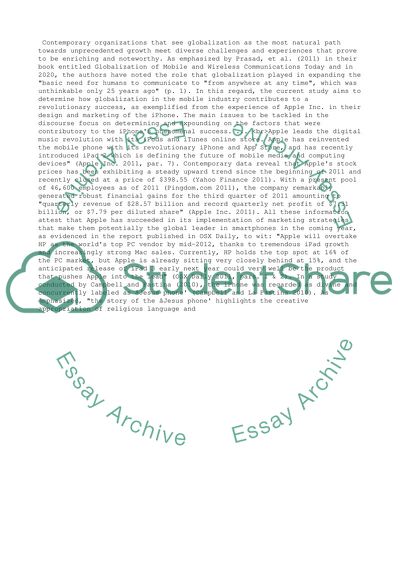Cite this document
(“Globalization in the mobile industry: Apple inc Essay”, n.d.)
Retrieved from https://studentshare.org/management/1394057-i-i-ll-send-you-the-documents
Retrieved from https://studentshare.org/management/1394057-i-i-ll-send-you-the-documents
(Globalization in the Mobile Industry: Apple Inc Essay)
https://studentshare.org/management/1394057-i-i-ll-send-you-the-documents.
https://studentshare.org/management/1394057-i-i-ll-send-you-the-documents.
“Globalization in the Mobile Industry: Apple Inc Essay”, n.d. https://studentshare.org/management/1394057-i-i-ll-send-you-the-documents.


